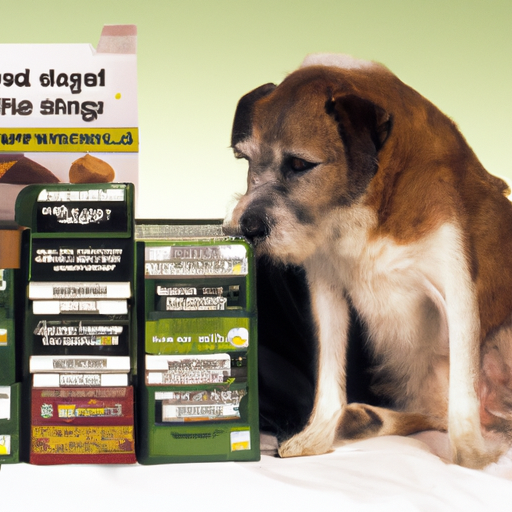As a dedicated caregiver, you always want what’s best for your furry friend. However, with so many options on the market, it can be challenging to know what foods are beneficial for your dog’s health and which ones are not. To help you navigate this vast landscape, we’ve compiled a list of the ten worst dog foods you should avoid.
1. Generic Brands
While it’s tempting to save a few bucks by buying cheaper, generic brands, these foods often contain low-quality ingredients that could harm your dog’s health. They’re usually packed with fillers like corn and wheat, which offer little nutritional value and can even lead to allergies or digestive issues in some dogs.
2. Foods With Artificial Additives
Artificial colors, flavors, and preservatives can cause numerous health problems in dogs. These include allergic reactions, digestive issues, and even cancer. Always check the ingredients list and avoid foods with names you can’t pronounce or understand.
3. Foods High in Corn and Wheat Gluten
Corn and wheat gluten are cheap proteins used by many dog food manufacturers. However, they’re not easily digestible and can lead to gastrointestinal problems. Plus, they’re not as nutritious as high-quality animal proteins.
4. Foods With Meat By-Products
Meat by-products are essentially the leftovers of the meat industry. They can include diseased tissues, feathers, and other low-quality ingredients. While they do provide some protein, it’s not the kind your dog can easily digest or use efficiently.
5. Foods With High Levels of Sodium
While sodium is an essential nutrient for dogs, too much of it can lead to serious health problems like heart disease and kidney damage. Avoid dog foods that list salt high up on their ingredients list.
Now that you’re aware of what to avoid, let’s take a look at the ten worst dog foods for dogs. Remember, this list is not exhaustive, and there could be other harmful foods not mentioned here.
| Ranking | Brand | Reasons for Inclusion |
|---|---|---|
| 1 | Dog Food A | High in sodium, contains artificial colors |
| 2 | Dog Food B | Contains meat by-products |
| 3 | Dog Food C | High in corn and wheat gluten |
| 4 | Dog Food D | Generic brand, low-quality ingredients |
| 5 | Dog Food E | Contains artificial preservatives |
| 6 | Dog Food F | High in sodium, contains meat by-products |
| 7 | Dog Food G | High in corn and wheat gluten |
| 8 | Dog Food H | Generic brand, low-quality ingredients |
| 9 | Dog Food I | Contains artificial colors |
| 10 | Dog Food J | High in sodium, artificial flavors |
FAQs
- What if my dog has been eating these foods? Should I be worried?
It’s never too late to make a change. Start transitioning your dog to a healthier diet right away. If you notice any health problems, consult with your vet immediately.
- What should I look for in a good dog food?
Look for foods with high-quality animal proteins, vegetables, fruits, and whole grains. Avoid those with artificial additives, corn and wheat gluten, and meat by-products.
- How can I get my dog to transition to a new food?
Transition slowly by mixing the new food with the old one over a week or so. This will help to prevent any digestive upset.
Remember, as a caregiver, your dog’s health and wellbeing are in your hands. So, make the right choices for them.



